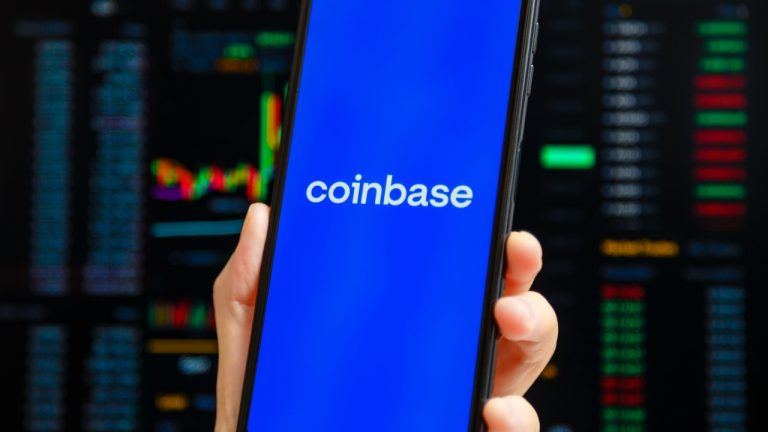Hong Kong advances CBDC pilot, bringing e-HKD trials to Phase 2

e-HKD Phase 1 trial was dedicated to full-fledged payments, programmable payments, offline payments, tokenized deposits, settlement of Web3 transactions and settlement of tokenized assets.
The Hong Kong Monetary Authority (HKMA) is gearing up for the second phase of the e-HKD (e-Hong Kong dollar) pilot program as it announced the successful completion of the Phase 1 trial of its in-house central bank digital currency (CBDC).
The HKMA launched the e-HKD pilot program in November 2022 to evaluate the commercial viability of an in-house CBDC as part of its “Fintech 2025” strategy. Phase 1 was dedicated to studying e-HKD in six areas, which include full-fledged payments, programmable payments, offline payments, tokenized deposits, settlement of Web3 transactions and settlement of tokenized assets.

Detailing the findings of the e-HKD phase 1 trial, the HKMA report highlighted programmability, tokenization and atomic settlement as three key areas where Hong Kong’s CBDC could benefit consumers and businesses.

The report read:
“The next phase of the e-HKD pilot program will build on the success of Phase 1 and consider exploring new use cases for an e-HKD.”
HKMA plans to “delve deeper” into some use cases that showed promising CBDC applications in the phase 1 trial. Technical considerations show an inclination toward using distributed ledger technology (DLT)-based design considering its interoperability and scalability capabilities.

As shown above, Hong Kong’s CBDC program consists of a three-rail approach — foundation layer development, industry pilots and iterative enhancements and full launch. Currently, at its second rail, the e-HKD program trial is supported by public and private organizations to ensure commercial viability for both parties.
HKMA said it will also continue to work on rail 1 initiatives such as laying the legal and technical foundations for e-HKD.
Related: Hong Kong lawmaker wants to turn CBDC into stablecoin featuring DeFi
Alongside localized efforts for CBDCs, numerous central and commercial banks joined hands under Project mBrigde to explore solutions for faster, cheaper, more transparent cross-border payments.
On Sept. 25, HKMA CEO Eddie Yue revealed that mBridge will expand and be commercialized as it welcomed new banking members from China, Hong Kong, Thailand and the UAE.
“We are expecting to welcome more fellow central banks to join this open platform. And very soon, we will launch what we call a minimum viable product, with the aim of paving the way for the gradual commercialization of mBridge,” Yue added.
Magazine: Ethereum restaking: Blockchain innovation or dangerous house of cards?









